Flames, thinning renew Devil’s Eyebrow
BY Levi Horrell
ON 05-20-2020
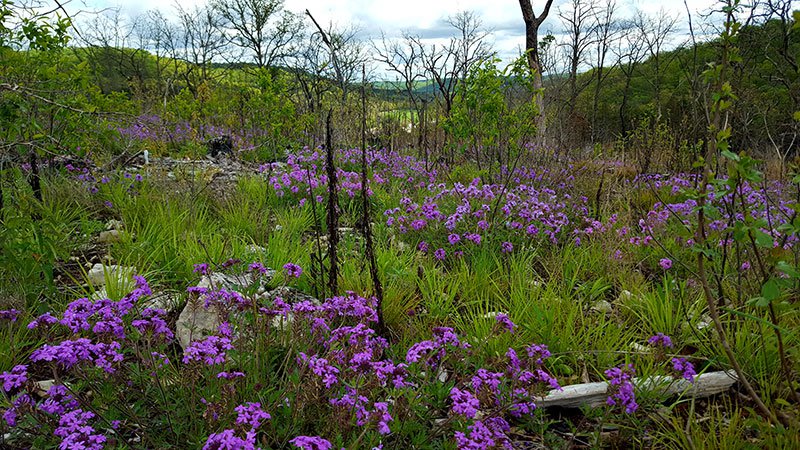
May 20, 2020
Levi Horrell
Northwest Arkansas Assistant Regional Manager, Wildlife Management
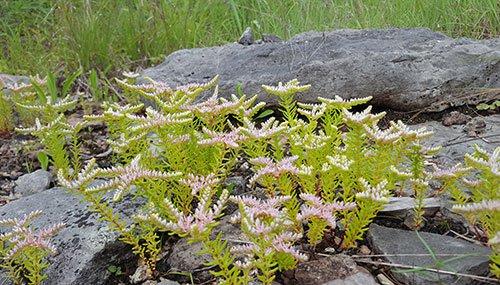
ROGERS — A partnership between the Arkansas Game and Fish Commission and the Arkansas Natural Heritage Commission, plus a healthy dose of fire, has reinvigorated one of Arkansas’s rarest habitats atop the rugged Ozark hills bordering Beaver Lake.
If you’ve seen an air-freshener commercial, the term “glade” may bring to mind images of lush plants thriving among moss-covered stones tucked away in a secluded forest. In reality, glades are characterized by thin soils on open rocky areas, with only scattered trees, such as Post Oaks. They contain an incredibly diverse understory filled with grasses and wildflowers throughout. This unique habitat type is home to many rare, specialized plants and wildlife. Eastern collared lizards and roadrunners are just a couple of examples of unique species that thrive in these open, sunny areas. However, the encroachment of woody vegetation, such as Eastern Red Cedar, presents a near-constant battle to preserve this beneficial habitat.
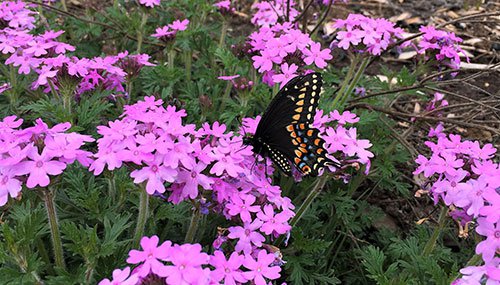
At 3,017 acres, Devil’s Eyebrow Natural Area is home to many glades suffering from this fight with woody plants. Historically, fires set by lightning strikes and Native Americans kept the woody vegetation at bay and maintained these open areas, but decades of fire suppression have allowed trees, particularly the cedars, to get a foothold in the glades on these areas along Beaver Lake.
At Devil’s Eyebrow, AGFC and ANHC cooperatively manage the Natural Area. ANHC has been a tremendous help to AGFC by leading the way with the glade restoration work, allowing AGFC to continue with work elsewhere and periodically step in with local staff to review the work being done there.
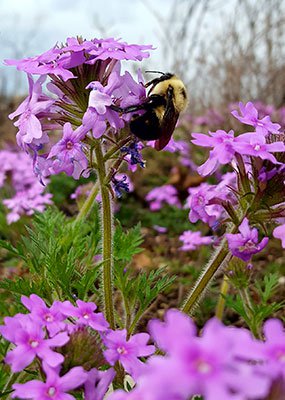
Beginning in the late winter and early spring of 2018, ANHC coordinated a substantial amount of cedar removal, followed by a prescribed burn the following winter. An additional thinning of remaining cedar in March and April of 2019 further opened the canopy to let sunlight reach the understory. The combination of added light and removal of dead vegetation through fire resulted in a tremendous response from wildflowers that had been dormant for years. As spring has returned this year (just two years after the restoration work began) the beauty of the site has been stunning. No planting of any of the wildflowers was needed.
Glades truly are magical places within the collection of Arkansas ecosystems. Sometimes it can only take a series of small actions to restore them, but they are also quite sensitive to the wrong kind of disturbance, so care needs to be taken to manage these sites once they are restored and to ensure they remain in a healthy condition.
For those of you who can appreciate all the pollinators, flowers, and wildlife associated with glades, rest assured that agencies like AGFC and ANHC will continue efforts to restore them. Landowners who own areas with substantial amounts of exposed rock, thin soils, and a significant amount of trees (particularly cedar) may consider thinning some of the trees and setting up the area to be burned. The AGFC can help with advice or on-the-ground assistance. A special division of biologists is available to work with landowners to increase wildlife habitat on their properties. If you have an interest in learning more about glade restoration and other improvements available to your land, reach out to a private lands biologist in your area by visiting www.agfc.com/habitat.
Recent News
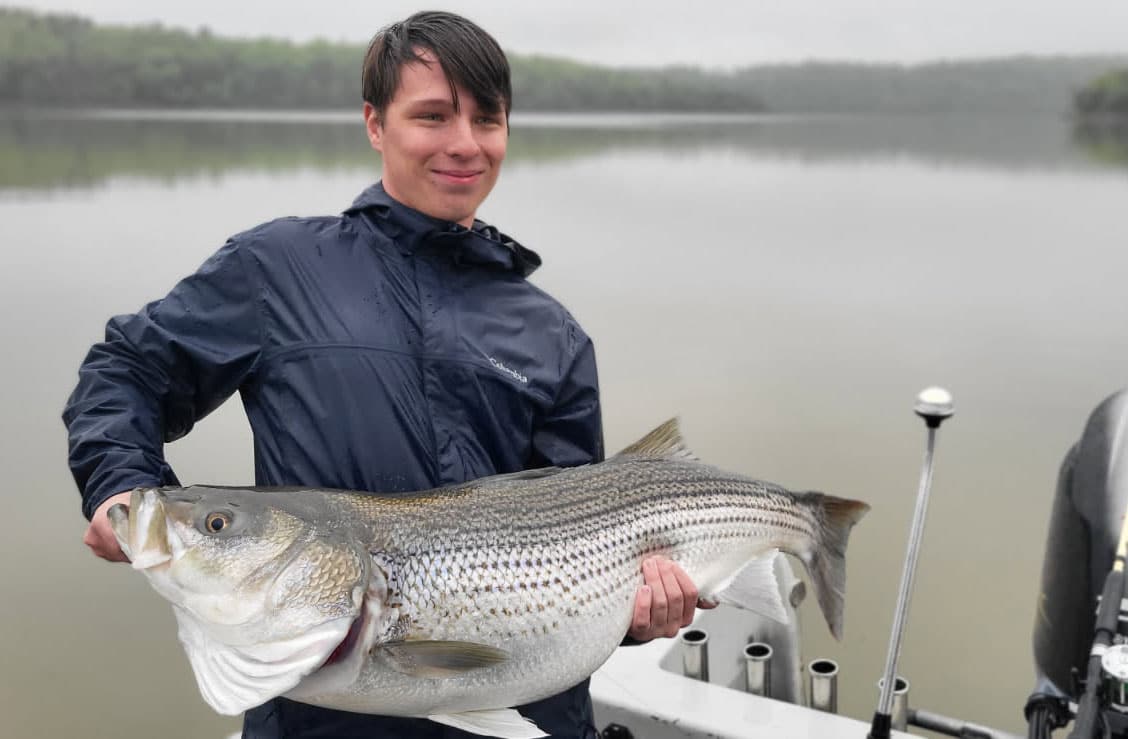
Arkansas Wildlife Weekly Fishing Report
Apr. 24, 2025
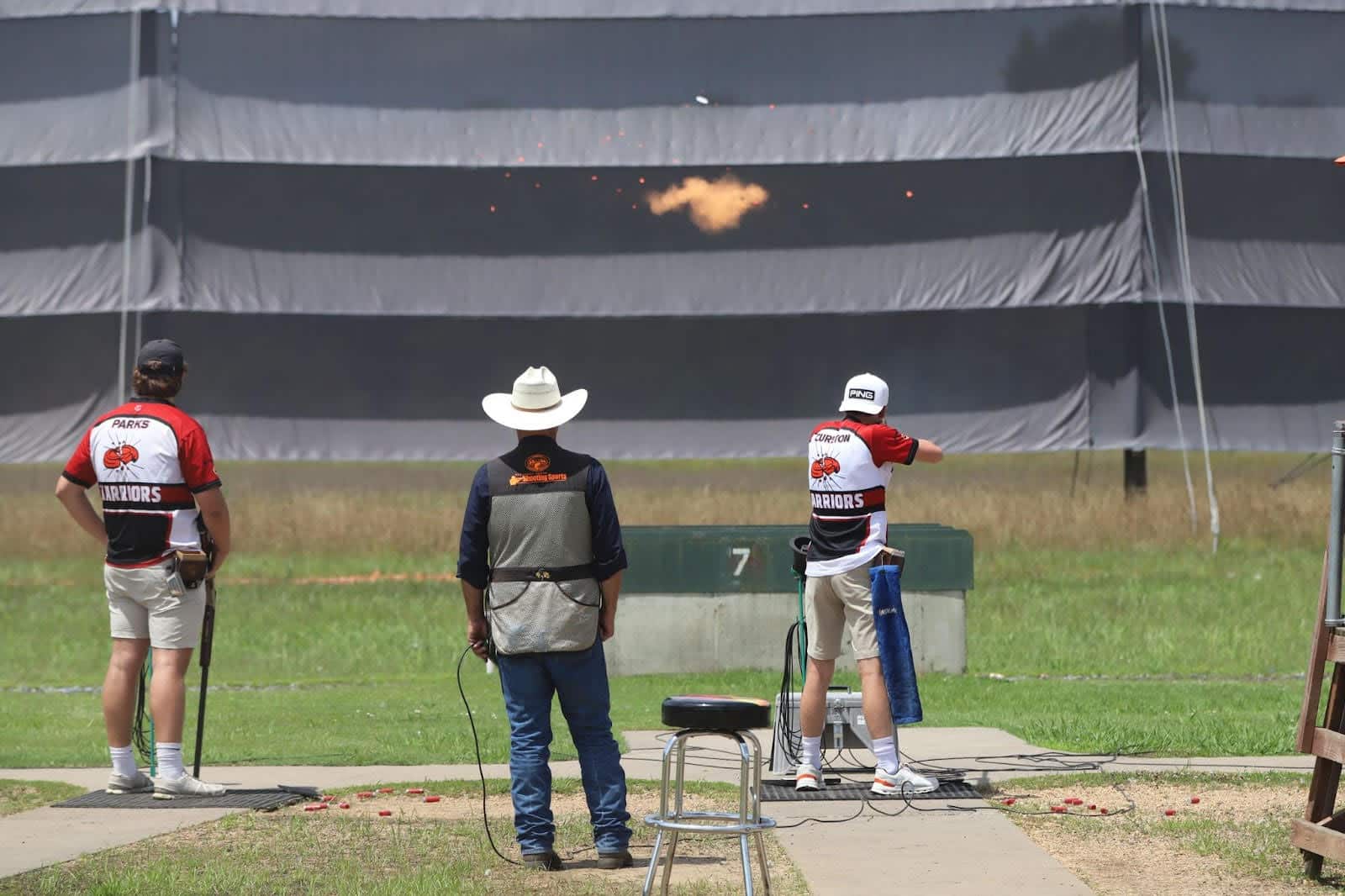
Contenders take aim as shooting sports regionals begin
Apr. 23, 2025
Subscribe to Our Weekly Newsletter E-mails
Don’t miss another issue. Sign up now to receive the AGFC Wildlife Weekly Newsletter in your mailbox every Wednesday afternoon (Waterfowl Reports are published weekly during waterfowl season and periodically outside the season). Fishing Reports arrive on Thursdays. Fill in the following fields and hit submit. Thanks, and welcome!
